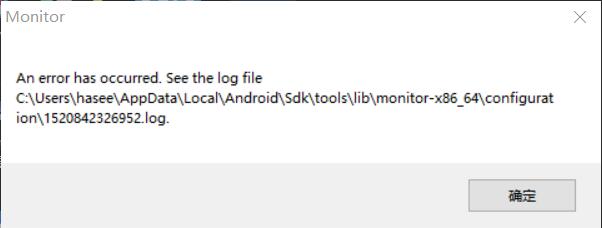

- Apache ant arguments cmd full#
- Apache ant arguments cmd android#
- Apache ant arguments cmd code#
- Apache ant arguments cmd zip#
Apache ant arguments cmd android#
You won't see it in the javadocs, but if you will most likely find it if you look at the Android source code.
Apache ant arguments cmd code#
(This is most likely referring to an internal overload of the String.indexOf methods that ordinary application code should never be using in the first place. So in context, Ljava/lang/String ->indexOf([CII[CIII)I is saying that the String.indexOf method with that particular signature is blocked. The -> in this context means the classes method. Ljava/lang/String is the internal name of the type The string: Ljava/lang/String ->indexOf([CII[CIII)IĪppears to be composed of the JVM's internal ("binary") type name and a method signature.
Apache ant arguments cmd full#
So can anyone help me out in briefing what is the full meaning of thisĪPI "Ljava/lang/String ->indexOf([CII[CIII)I" being blocked and what actually is the

Then while surfing through Android developers forum, I came across the restricted API that is blocked in API level 28. WEB.I have a Android project which is using indexOf(). +-lib Third party libraries and the utility jar files +-classes This folder contains the compiled classes +-META-INF This folder contains the Manifest.Mf +-images This folder contains the image files Apache Ant is a Java library and command-line tool whose mission is to drive processes described in build files as targets and extension points dependent. +-js This folder contains the javascript files +-css This folder contains the stylesheet files The fax.war file is now placed in the output folder. The following outcome is the result of running the Ant file − Running Ant on this file will create the fax.war file for us. You pass nested text to an Ant task by passing it as a parameter of the task method. To execute the war task, wrap it inside a target, most commonly, the build or package target, and run them. You execute an Ant task by calling a method on the AntBuilder instance. The Fax Application project has its structure outlined using this basic principle. But best practices suggest that your Web project should have the Web Content structure that is similar to the structure of the WAR file. It is entirely possible to nest the classes, lib, metainf and webinf directors so that they live in scattered folders anywhere in the project structure. This will create the WAR file in the specified location. Wrap the war task inside an Ant target (usually package) and run it. Finally, we are copying all classes from the build directory's web folder and putting into the WEB-INF/classes folder. However, we are excluding the portlet.jar as this is already present in the application server's lib folder. The WEB-INF/lib folder is populated with the jar files from the thirdpartyjars folder. All files from the 'WebContent' folder under web are copied into the WAR file. The WEB.XML file is obtained from the web source folder.

In this example, we are creating a war file called fax.war. Typically, the classes will be bundled into the WEB-INF/classes folder of the WAR file. Set a single commandline argument from a. Set a single commandline argument and treats it like a PATH-ensuring the right separator for the local platform is used. Set the line to split into several commandline arguments. Set a single commandline argument to the absolute filename of the given file. The build.dir variable refers to the output folder - This is where the classes for the WAR package can be found. Return the constituent parts of this Argument. Consider the following example −Īs per the previous examples, the web.dir variable refers to the source web folder, i.e, the folder that contains the JSP, css, javascript files etc. But before that let us consider the war task. Specifies the instructions for generating the MANIFEST.MF file.Ĭontinuing our Hello World Fax Application project, let us add a new target to produce the jar files. Sr.No.Ī grouping to specify what goes into the WEB-INF\lib folder.Ī grouping to specify what goes into the WEB-INF\classes folder. Since the WAR task is an extension of the JAR task, all attributes of the JAR task apply to the WAR task. The WAR task is useful to specify a particular layout of the WAR file. The WAR task is an extension to the JAR task, but it has some nice additions to manipulate what goes into the WEB-INF/classes folder, and generating the web.xml file.
Apache ant arguments cmd zip#
After all, WAR file, like JAR file is just another ZIP file.

Creating WAR files with Ant is extremely simple, and very similar to the creating JAR files task.


 0 kommentar(er)
0 kommentar(er)
